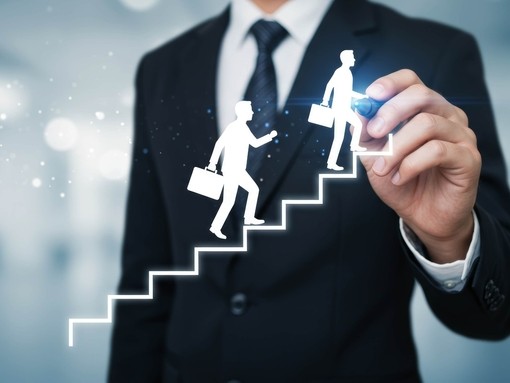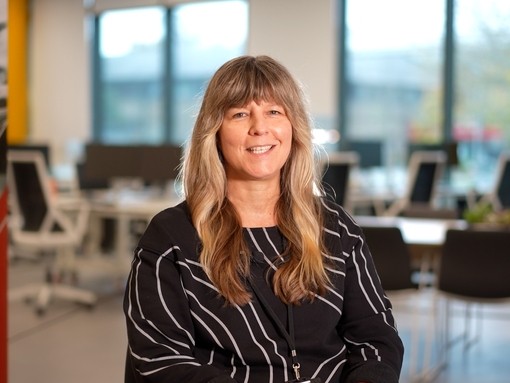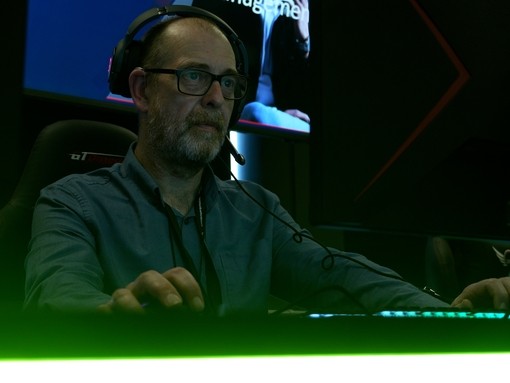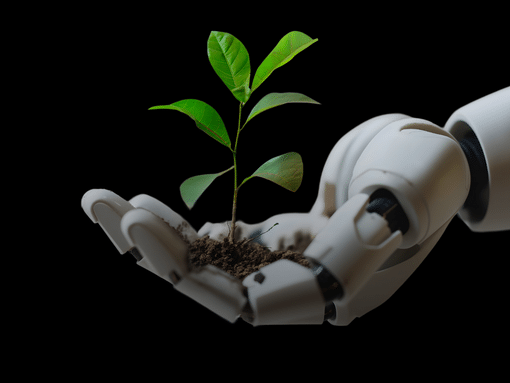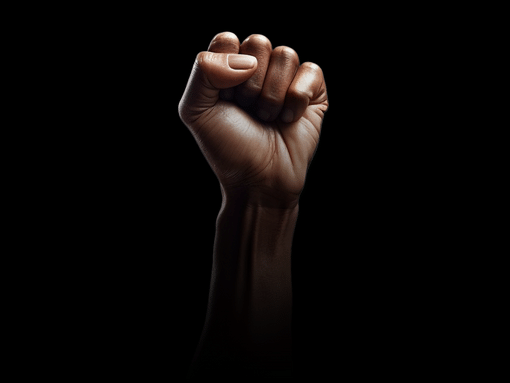
Chronoworking, flexi-spaces and AI takeovers: Making sense of the 2024 workplace trends
There have been no shortage of buzzwords hanging around the world of work over the past few years. With the workplace undergoing probably the most dramatic change in trends, culture and practices since the initial introduction of the personal computer, making sense of it all can be confusing. Just when, and where, are we supposed to work now?

Of course, much of this dependent on what type of role you have, with practical engineering jobs more constrained, but for office-based roles the lines are far more blurred.
Into the third year of widespread hybrid working practices in 2023, the debate was still ongoing as to what exactly this looks like long term. Rather than settling on a firm definition, a new phenomenon has developed that could further blur the lines on hybrid working: chronoworking.
What is chronoworking?
Feel like you have a burst of energy somewhere between your second and third coffees of the day at about 10:30am? Suffer from the dreaded post-lunch 3pm slump? You’re not the only one, and you could be a good candidate for adopting chronoworking, the latest hybrid working buzzword.
Chronoworking involves allowing people to work around their own circadian rhythms, planning their day around when they feel more productive and eschewing the traditional 9-5 log on times and instead leaning into your ‘chronotype’. According to leading American clinical psychologist Michael Breus, there are 4 main chronotypes. Most people find their peak productivity between 10am and 2pm (55%), those that are suited to early mornings (15%) those that are suited to late nights (15%) and those who vary daily (10%).
Of course, none of this is set in stone and there are a variety of external factors that can affect this, like having young children or whether you already work a shift pattern that involves night work. In truth, many people adopt chronoworking already. If you work for an international company and have clients in another time zone, you could find yourself logging on to Teams calls at differing hours of the day.
This leads to a conversation about the business benefits of adopting chronoworking, particularly for the companies with an international presence. However, implementing core hours would be key to ensuring that there is sufficient crossover for teams to enable coworking and collaboration.

Flexi-spaces and workplace design
Allied with a change in working practices has come a change in what we see the workplace to be as a physical space.
With some companies continuing to downsize their office spaces to save on overheads in reflection of a largely hybrid workforces, flexi-office spaces are becoming more common. Many businesses are eschewing permanent leases for flexible arrangements, sharing office space with other companies to maximise value for money.
Even with those that want to retain a physical office space, how these are designed is changing, and the trend is heading towards smaller, better designed and nicer office spaces which don’t need as many fixed desks. Adrian Campbell, Workplace Design Consultant for The Senator Group, spoke to Morson about workplace design and how the office is being re-thought:
“In terms of workplace design, you’ve got two interesting factors. You’ve got a building that is all about hard surfaces. It’s all about engineering, it’s all about space. It’s a physical structure. And then you’ve got a company, which is an organisation, that’s living, that’s breathing, that has emotional connection to the spaces. So, it’s how you bring those two together, having an organisation and designing spaces that work within the technical constraints of the buildings that we’re given.”
The march of AI and VR offices
With the AI boom taking over every facet of modern life, its digital footprint is also making itself known in the workplace. This is something of a double edged sword, with AI taking the burden of some of the more onerous workplace tasks and improving efficiencies while also starting to create existential fears among certain portions of the workforce, particularly Gen Z and those starting their careers.
ChatGPT, the most widely known AI tool, is being used extensively in businesses of all sizes, but tools like Copilot for Microsoft 365 are aiming to increase the productivity of an entire organisation. This AI assistant helps employees by summarising emails, helping them catch up on missed meetings, improve the quality of their written communication, and analyse data.
2024 could also be the year where some more forward-thinking companies adopt virtual reality office spaces. This would see remote team members joining virtual spaces to collaborate in an almost-face-to-face way. VR spaces enable people to act as if they are in a real office environment, where you can walk over to a colleagues desk as if in a physical space. In addition to this, the VR spaces can look however you want, without the need for costly physical spaces.
In the ever-evolving landscape of the modern workplace, where buzzwords abound and paradigms shift seemingly overnight, one thing remains clear: adaptability is key. As we navigate through the tumultuous waters of hybrid work models and embrace concepts like chronoworking and flexi-offices, it becomes evident that the traditional 9-5 office structure is no longer the gold standard. In this era of unprecedented change, the future of work remains uncertain yet brimming with potential. By fostering a culture of adaptability, empathy, and innovation, organisations can navigate these challenges and harness the transformative power of emerging technologies to create workplaces that are truly fit for the future.
Find out more about how AI is making Gen Z rethink its working practices here, and read more about workplace design here
Search our latest jobs here

